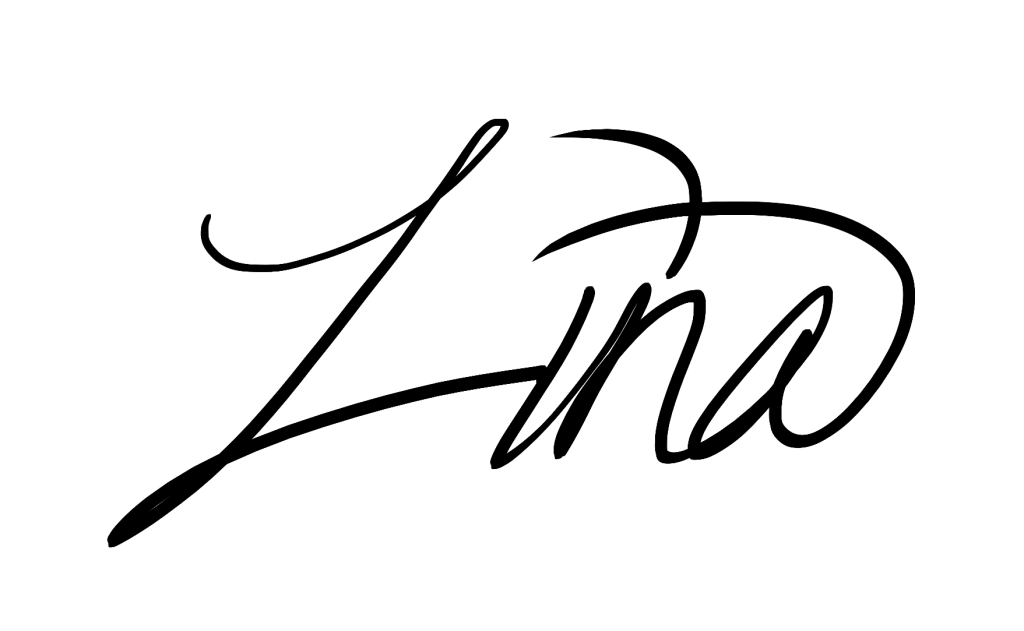A few months ago I wrote about my own definition of intuitive art and the different ways I might achieve mindfulness through my work. Since then I’ve learned about Asemic writing, automatic drawing and how it was first introduced and practiced by surrealist artists back in the day, and I have since read a variety of definitions of intuitive art.
As I said in the previous post, the true practice of intuitive art may be different for us all, but I believe our end goals are the same. Some days we simply want to enjoy the process itself, the feel of the brush, the sight of Prussian blue. Other times we aim to achieve a deep connection to the self and our identity. Some days it’s both.
Both can be quite the meditative experience. Both can be–and maybe even should be–interpreted once the piece is finished.

But as I’ve dug deeper into this realm of the unknowing artist, I’ve found a slight difference between a truly meditative scribble and a scribble that allows me to get a glimpse of the subconscious. I’ve seen both come into play in the same piece. I’ve seen works that are simply one or the other. And I’ve also allowed my conscious mind to play a role at times. Being a follower of the Taoist philosophy, this idea of finding balance between the conscious and subconscious on the same canvas fits right in with my beliefs. It’s a circle with no beginning or end.
So how can we tell the difference between all of these different methods? Is there any one true goal of what we call Intuitive Art?
I believe this all comes down to the very core of intuitive art. If intuitive art is about finding your own flow, your own peace, your own understanding of your deepest identities, then discovering your own definitions and differing methods (and what each method will achieve for you) is also an important part of the practice. And the only way to learn these things is to create. You have to scribble/splash/scratch/smear and make mistakes and have one success for every ten failures (and you have to define a failure and a success) and you have to make a huge mess of your work space and your hands and your clothes. You have to experience intuitive art to learn what its purpose is. For you.

For me I’ve found that Zendoodles and Zentangles are almost purely meditative. The patterns are often already laid out for us. All we have to do is relax and focus on our pen work. Though these works do start out with an intuitive scribble, or a “thread” as it’s called, to help provide a foundation to the entire piece. But can this single thread be interpreted and teach me more about myself? Maybe for others. But not necessarily for me. The patterns can teach me about my aesthetic choices, and my own tastes, but I’m not entirely sure this is a purely subconscious decision.
My non-zendoodle meditative work often includes a lot of lines and repetition. These marks appear on days I want to simply enjoy the process of creating, or need a way to clear my head. I’ve found with these particular pieces I tend to merge thought and intuition. I will start out with those improvised marks, then gradually work toward a composition. While I didn’t know what the piece would portray, and what story it would inevitably tell, some of my marks are definitely a conscious decision to help flesh out a piece and give it the attention it deserves.
As for the truly improvised work, a daily practice in my Wordless Diary has given me some serious insight into what works are more meditative and what works are definitely drawn out by the subconscious. To tap into that shadow side I’ve begun to use the automatic drawing methods used by Surrealists and what has come to life on the paper has been truly fascinating. These are the pieces that I most take notes on in my separate journal. I will write down what I’m feeling, what I’ve experienced recently, what I may be doing at that moment (what music is playing etc.) and then I search for these clues in my work.

Take this piece for instance. I was having one of those days in which I was just feeling inadequate as a mother. My daughter had been having her own bad day and was projecting a lot of that anger onto me, and no amount of trying to talk it out was working. That evening I scribbled this out, jotted down in my separate journal about my maternal feelings, and thought nothing of it until a few days later when I returned to the drawing and the notes and noticed there were two shapes. One large, one small. A mother and daughter. Both similar in everything but size. The mother, with long tendrils of wisdom attempting to lead the daughter, whose mirrored appearance hints she is facing the opposite direction.
This kind of interpretation is rare for me, but these are the moments when I feel I truly did the whole intuitive thing “right.”

Keeping up with your practice is, in my opinion, the only way to discover your own version of the process. It’s the only way to find your definition of what intuitive art is and what you are hoping to achieve when you sit down to work. This mindfulness will allow your practice to grow and evolve, as you yourself grow and evolve, and those issues we artists have with “finding our style” and “creating a brand” will pretty much blow out the window.
Because it’s in our true nature that these mysteries lie.
Until next time, may your practice be mindful and your work be honest.




